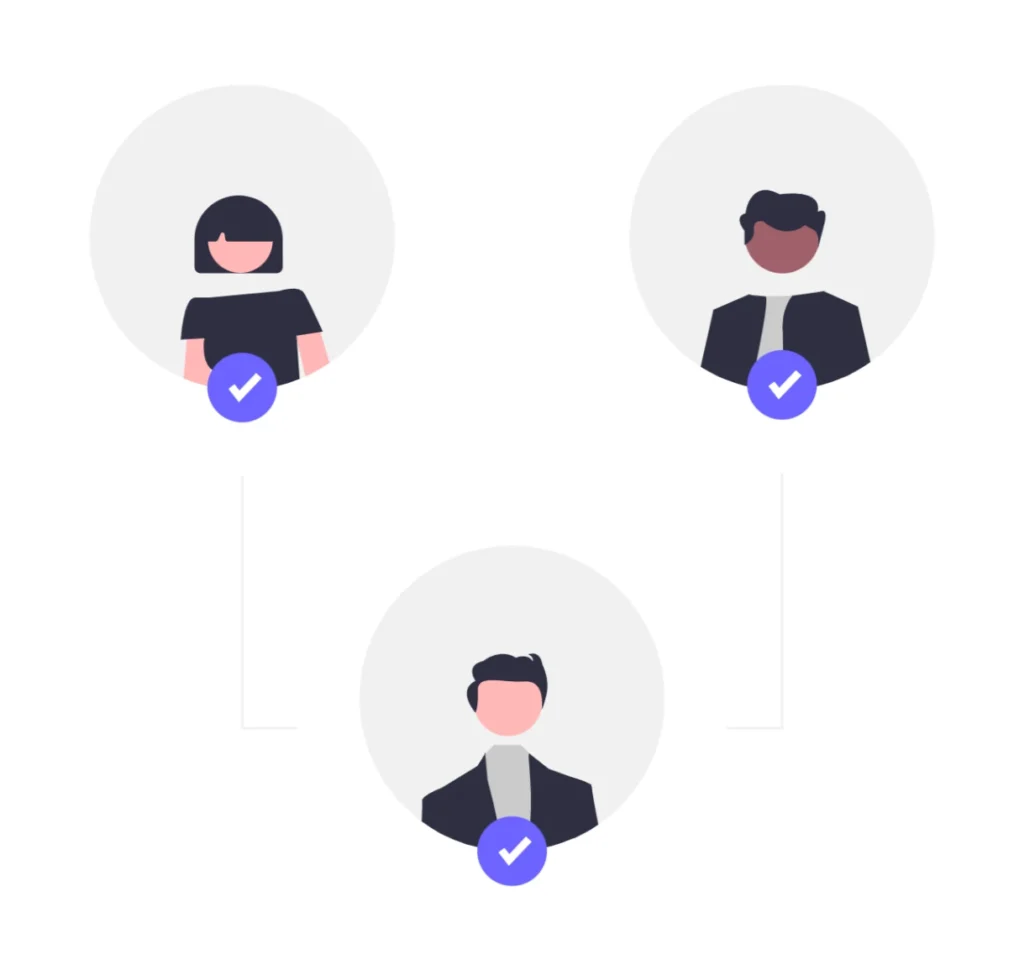Your website content is no longer just words and images, it’s your voice, your brand, and your opportunity to engage your audience. A proper content strategy does not merely simply fills a page, but can direct traffic, engage the visitor, and convert him or her into a loyal customer.
I remember when I started brainstorming about my website’s content strategy; it felt overwhelming. However, there were tons of articles out there that told me what to do, but the process was mechanical and felt detached. Things started to click once I knew my audience and took the time to understand their emotions, needs, and their journey. Let’s do the same as well.
Quick Navigation ↓
1. Define Your Purpose and Goals

A clear purpose is your starting point for a website content strategy. The first thing you need to consider is this question:
- Why does your website even exist?
- When visitors arrive, what action do you want them to take?
For instance, when I started my site, I wasn’t aiming to get traffic only. I wanted to connect with people who are looking for answers in my niche. I wanted them to feel like they discovered a reliable friend, not something like another faceless website.
Start by setting SMART goals:
- Specific: You increase traffic by 30% within 3 months.
- Measurable: Tools like Google Analytics will help you track your product performance.
- Achievable: Start with one or two key strategies.
- Relevant: Line goals up with your business objectives.
- Time-bound: Create set deadlines to hold yourself accountable.
2. You need to understand everything about your audience deeply

If you don’t know who you’re talking to, you can’t make good content. Take time to build detailed audience personas:
- Demographics: Gender, age, location, education.
- Pain Points: What are they experiencing challenges in?
- Goals: What do they hope to achieve?
- Behavior: What do they search for and consume content?
I thought I knew my audience when I first sat down and began to try and understand who they were. I really started to understand their struggles after I sent out the surveys, read their comments and looked at the social media noise. That emotional connection became the base of my content.
3. Empathize with your Potential Customers when doing Keyword Research
Keyword research can feel like a cold, data driven process … but it doesn’t have to be. Let’s take phrases your audience is typing in search queries not just as “keywords,” but as questions they absolutely have to have answered.
Use tools like:
Take the long tail keywords such as super specific problems people are facing. You could say, “Content strategy” but then try “How to develop a content strategy for small businesses”. It is an approach that shows empathy and understanding to your audience’s separate needs.
4. Plan Your Content Pillars
Content pillars are the main themes or categories that support your website. They ensure consistency and relevance. Identify 3-5 core pillars that resonate with your brand and meet your audience’s needs.
For example, my website focuses on:
- Educational Articles: How-to guides and tutorials.
- Case Studies: Real-world applications and success stories.
- Tools and Reviews: Honest assessments of relevant tools.
These pillars help me stay organized and ensure my content always adds value.
5. Create Emotionally Resonant Content
Great content isn’t just informative; it’s memorable. To drive traffic, you need to connect emotionally. Here’s how:
- Tell Stories: Share your journey or the journeys of your customers. Stories humanize your brand.
- Use Relatable Language: Write as if you’re speaking directly to one person. Avoid jargon unless necessary.
- Incorporate Visuals: Images, videos, and infographics can evoke feelings and make your content more engaging.
I once wrote an article about overcoming struggles in building a business. It was deeply personal, and I was hesitant to publish it. But the response was incredible—people shared it widely because they felt seen and understood.
6. Optimize for SEO Without Losing Humanity
SEO is vital for driving traffic, but don’t let it rob your content of its soul. Here’s a balanced approach:
- On-Page SEO: Include keywords naturally in your headings, subheadings, and body text.
- Meta Descriptions: Write compelling summaries that encourage clicks.
- Internal Links: Connect related articles to keep visitors exploring your site.
- Mobile Optimization: Ensure your site is fast and mobile-friendly.
Always prioritize people over algorithms; craft your content for humans first, and let the search engines follow naturally.
7. Publish Consistently

Staying consistent fosters trust and encourages your audience to return. Create an editorial calendar to plan your content and stick to a realistic publishing schedule.
For example:
- Weekly blog posts.
- Monthly in-depth guides.
- Quarterly updates or newsletters.
When I first started, I aimed for daily updates. It was unsustainable and led to burnout. I quickly learned that quality trumps quantity.
8. Promote Your Content Like a Pro
Creating great content is not enough; you need to put it in front of the right audience. Here’s how:
- Social Media: Share your articles on platforms where your audience spends time.
- Email Marketing: Send updates to your subscribers with value-packed summaries.
- Collaborations: Partner with influencers or other websites in your niche to share content.
- Repurpose Content: Convert blog posts into videos, infographics, or podcasts to connect with various audiences.
9. Measure and Adapt
A good content strategy evolves based on results. Use analytics tools to track:
- Traffic sources (organic, social, referral).
- Most and least popular pages.
- Engagement metrics (time on page, bounce rate).
When I started analyzing my site’s performance, I was surprised by what worked. Some topics I thought were niche ended up driving massive traffic, while others flopped. Adapt based on what your audience responds to.
10. Stay Authentic

Above all, stay true to your voice and mission. The internet is saturated with content, but what makes yours stand out is you. Share your knowledge, your values, and your passion unapologetically.
Key Takeaways
Creating a website content strategy that drives traffic combines creativity with analytical precision. It requires research, planning, and creativity, but it also requires heart. Don’t be afraid to put yourself into your content. Your audience will feel the difference, and that emotional connection will keep them coming back.
Begin with small steps, remain consistent, and allow your true voice to stand out. Traffic isn’t just about numbers; it’s about people finding value in what you share. That’s the true power of a great content strategy—and it’s something we’re passionate about helping you achieve at WebiKnock.







